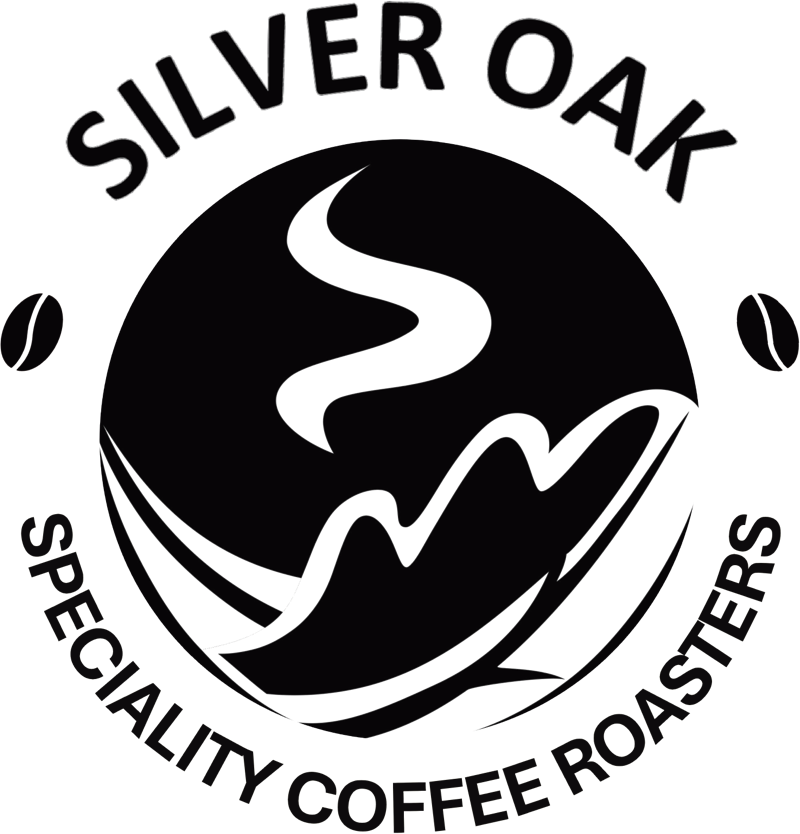Product information
Coffee has been around in Tanzania for centuries, beginning with the Haya tribe in the northwest, back in the 16th century. Coffee soon spread throughout the North after the British and the Germans bought up land and planted coffee at a larger scale. This was primarily estate-grown coffee.
Today, coffee grows more in the South, and about 6% of the population is involved with coffee production. And this number is only growing. Estates are now mostly in the North and make up roughly 10% of coffee production. The remaining 90% of coffee is grown by smallholder producers belonging to Agricultural Marketing Cooperative Societies (AMCOS). Tanzania’s government strongly supports coffee production and are currently seeking ways to increase yields.
In the northern reaches of Tanzania, the area was once known for naturally processed coffee, but now with the opening of wet mills, producers are selling freshly picked cherries to AMCOS groups, who then directly sell to processing facilities. With cool air
coming from Lake Victoria, high altitudes and rich soils, this area is ideal for coffee production. However, from 2017 – 2019, due to a change in government regulations, coffee became difficult to sell in Tarime, so many producers shifted to other crops to generate income. In 2020, coffee buying operations resumed back to normal, yet it was difficult for farmers to revery back to coffee since they began growing other crops. Our
exporting partner in Tanzania, Dormans, worked with farmers to assist with the replanting and processing of coffee.
For this specific lot, Dormans work with the Muriba Coffee Processing Unit (CPU) who process and bag coffee from various AMCOS groups in Tarime. The CPU buys coffee from five AMCOS groups and visits the collection centres of each group to gather the cherries during the harvest season.
The AMCOS groups are located nearby, making collection quick and easy for the CPU. The Tagare AMCOS, for example, represents 149 producers, half of which are women, started its operations six years ago and sell their coffee to the CPU. Another group, the Kema AMCOS, made up of 500 producers, 200 of which are women, was initiated 8 years ago and also sell their cherries to the CPU. Producers from each of these groups typically have one hectare or less, on average.
Once the cherries are collected and transported to the CPU, they are carefully sorted to remove any low quality cherries. Next, the cherries are fermented in tanks of water for 12 hours to develop the sugars in the skin of the fruit. After fermentation, the cherries are dispersed on raised beds to dry in the open sun for 4 – 5 weeks. Once the ideal moisture content is reached, the coffee is bagged and sent to the dry mill in Moshi to be hulled and prepared for export.
Water used during processing is safely transferred to soaking pits to purify naturally back into the soil without polluting local water sources.
About Dormans Exporting Group
Dormans Tanzania Limited was founded in 1992 to initiate the privatization of the country’s coffee sector and became the first exporter of coffee in Tanzania. After a year of operation, they were able to construct a mill in Moshi and initiate buying out of Mbinga and Mbeya in the southern areas of the country. Over time, and with support from external organizations such as ECOM, Dormans have been able to spread throughout Tanzania, Kenya, and Rwanda. They work to offer educational trainings in agricultural product usage, good agricultural practices, and certification.





